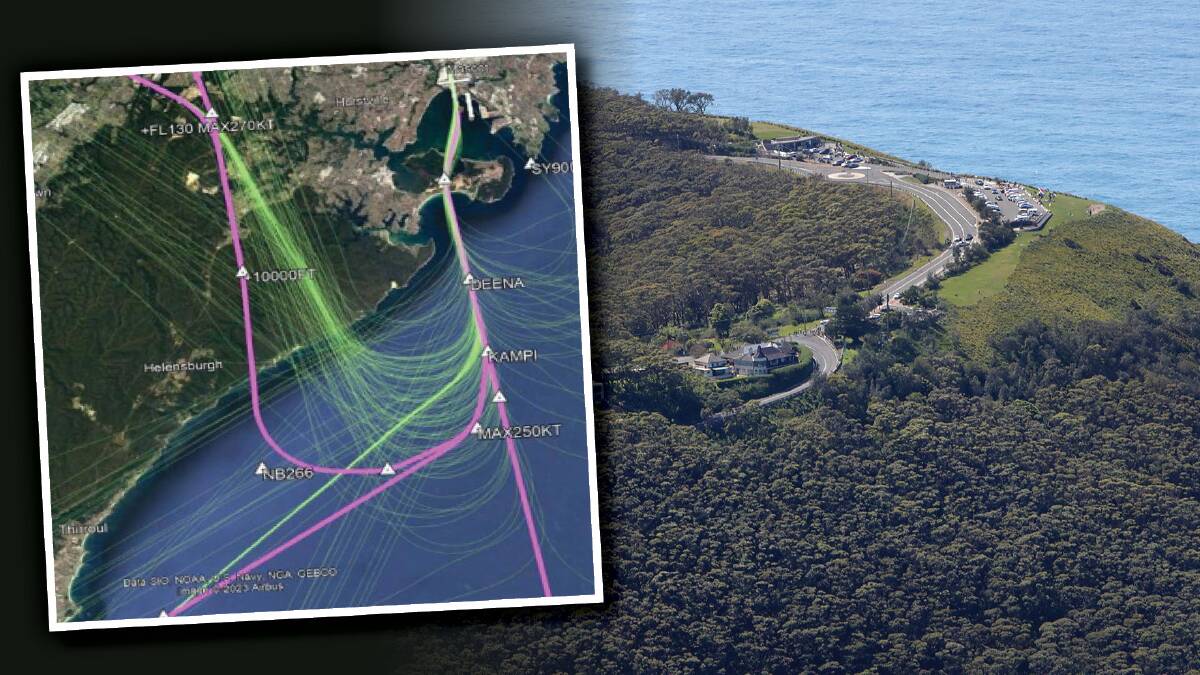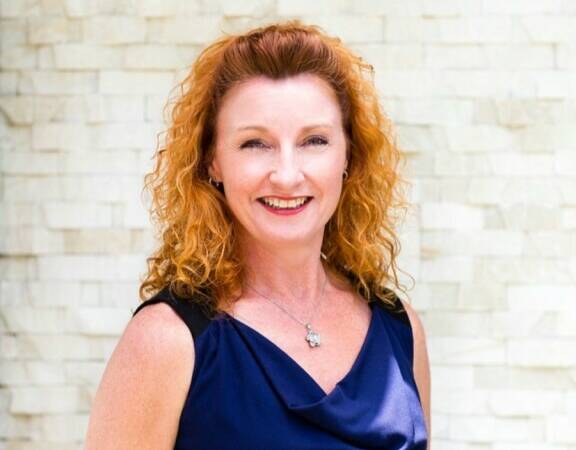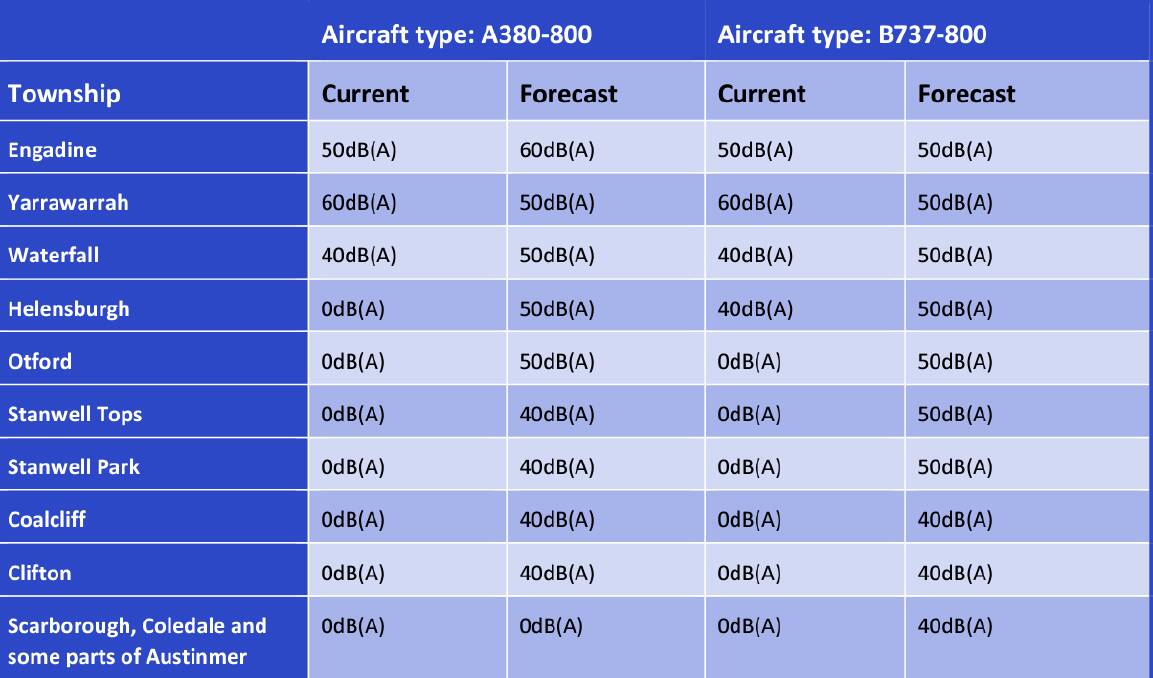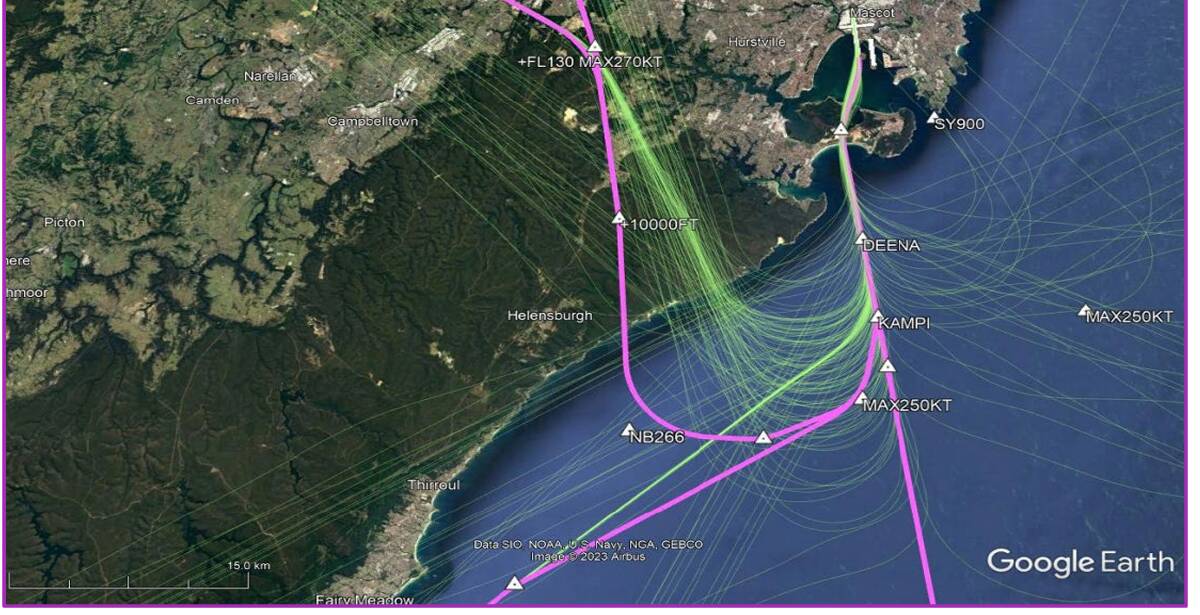
Overhead aircraft are to become a common sight in the Illawarra's northernmost suburbs, with dozens of flights diverted daily under a shake-up of flight paths out of Sydney Airport.
Subscribe now for unlimited access.
$0/
(min cost $0)
or signup to continue reading
The changes relate to departures from the airport's 16R runway.
Until now, northbound and westbound aircraft out of 16R have flown immediately out to sea and performed a fairly tight U-turn over water, remaining just north of the Illawarra when they cross the coastline and resume flying over land at about 6000ft altitude.
The new flight path widens the U-turn, so that when an aircraft crosses the coastline it will be slightly further south over the Royal National Park.
The wider turn means the aircraft can gain altitude before crossing the coastline, reducing noise levels over land.


The change is expected to result in some new but fairly faint overhead noise at Engadine, Helensburgh and Stanwell Park and further south, according to Airservices Australia, which says about 48 aircraft will now pass over the area on an average day, and up to 94 on a busy day.
A passing Airbus A380-800 is expected to produce overhead noise measuring 50 decibels at Helensburgh and Otford.
"On the ground, 50 decibels would be similar to if you were standing in front of your refrigerator and you heard it humming," said Airservices Australia's head of community engagement Donna Marshall.
"Once over 10,000 feet, the noise impact on the ground is significantly reduced."
Modelling by Airservices Australia shows the Airbus producing noise levels of 40 decibels at Stanwell Tops, Stanwell park, Coalcliff and Clifton.
The sound of an overhead B737-800 is modelled to register 50 decibels over Helensburgh, Otford, Stanwell Tops and Stanwell Park, and 40 decibels over Coalcliff, Clifton, Scarborough, Coledale and some parts of Austinmer.

The flight path changes, to take effect from November 30, are intended to increase separation between departing aircraft and set them on a uniform path.
"We're effectively putting roads in the sky that they [departing aircraft] have to follow," Ms Marshall said.
"This has basically come from ongoing monitoring from our air traffic controllers. Under current operations, because of the variability of where aircraft turn, it can potentially result in aircraft being in conflict with each other.
"Our air traffic controllers always make sure the safe separation distances are maintained, but because aircraft are not following the same road, so to speak, if one went out further before turning, they could turn back and be in conflict with [another] and we'd need to have our air traffic controllers manually intervene and control traffic.
"They have recommended we put these standard departure paths in so that we maintain that safe distance automatically."
Aircraft out of Sydney Kingsford Smith abide by an 11pm-6am curfew.
Visit the Standard Instrument Departure fact sheet for more information.
Reading this on mobile web? Download our news app. It's faster, easier to read and we'll send you alerts for breaking news as it happens. Download in the Apple Store or Google Play.


